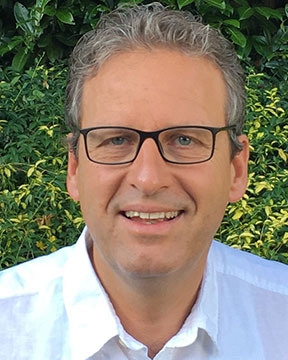 |
Carlo BurkhardtPforzheim UniversityHydrogen Assisted (direct) Recycling Of Nd-fe-b Permanent Magnets – A Critical Review - Part 1 Schultz International Symposium (8th Intl. Symp. on Science of Intelligent & Sustainable Advanced Ferromagnetic and Superconducting Magnets (SISAM)) Back to Plenary Lectures » |
Abstract:Rare Earths (RE) permanent magnets are essential components for Europe's successful green and digital transition However, the entire value chain of RE magnetic materials depends on imports, which are highly vulnerable in current global supply chain models. To mitigate this situation, EU Regulation plans that at least 25% of the EU's annual consumption of permanent magnets should be covered by recycling capacities by 2030. Researchers in the EU H2020 project SUSMAGPRO consortium have shown that hydrogen can be used as a very efficient recycling method to extract NdFeB magnet powder from various EOL Components in the IP protected Hydrogen-based Processing of Magnet Scrap (HPMS). On exposure to hydrogen the sintered NdFeB magnets break down into a friable, demagnetised, hydrogenated powder containing an interstitial hydride of Nd2Fe14BHX (10 microns) and smaller particles (< 1 micron) from the grain-boundary phase NdH2.7. This process delivers a sustainable source of magnetic material for the production of sintered, polymer bonded and metal-injection moulded magnets [1]. The talk will present numerous results along the whole value chain of magnet recycling, including automatic dismantling of magnet containing products, magnets extraction, HPMS recycling, production of recycled magnets and demonstrator testing [1-5]. It will also discuss best practices and bottlenecks of the processes as an outlook for successful design-for-recycling of future applications. |
|